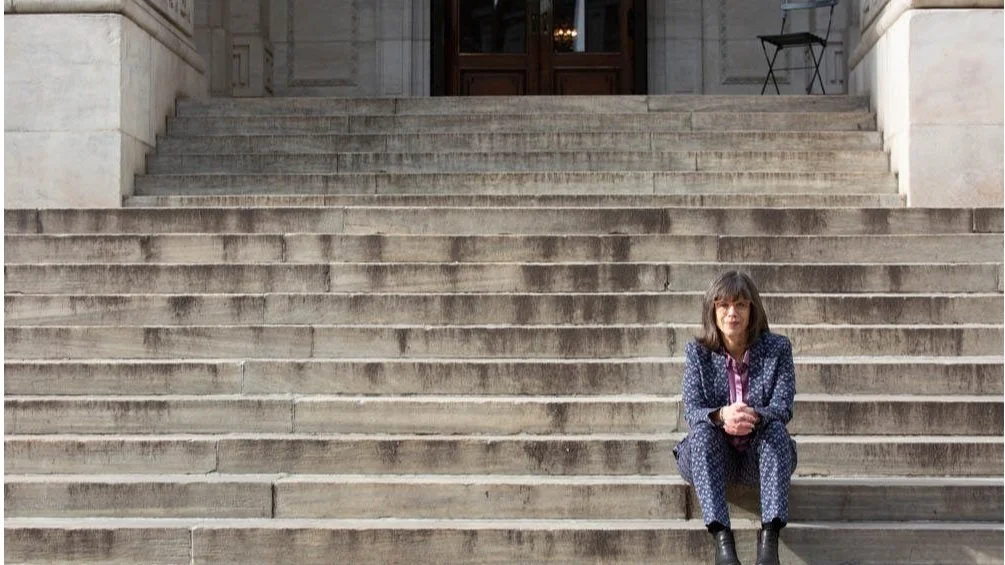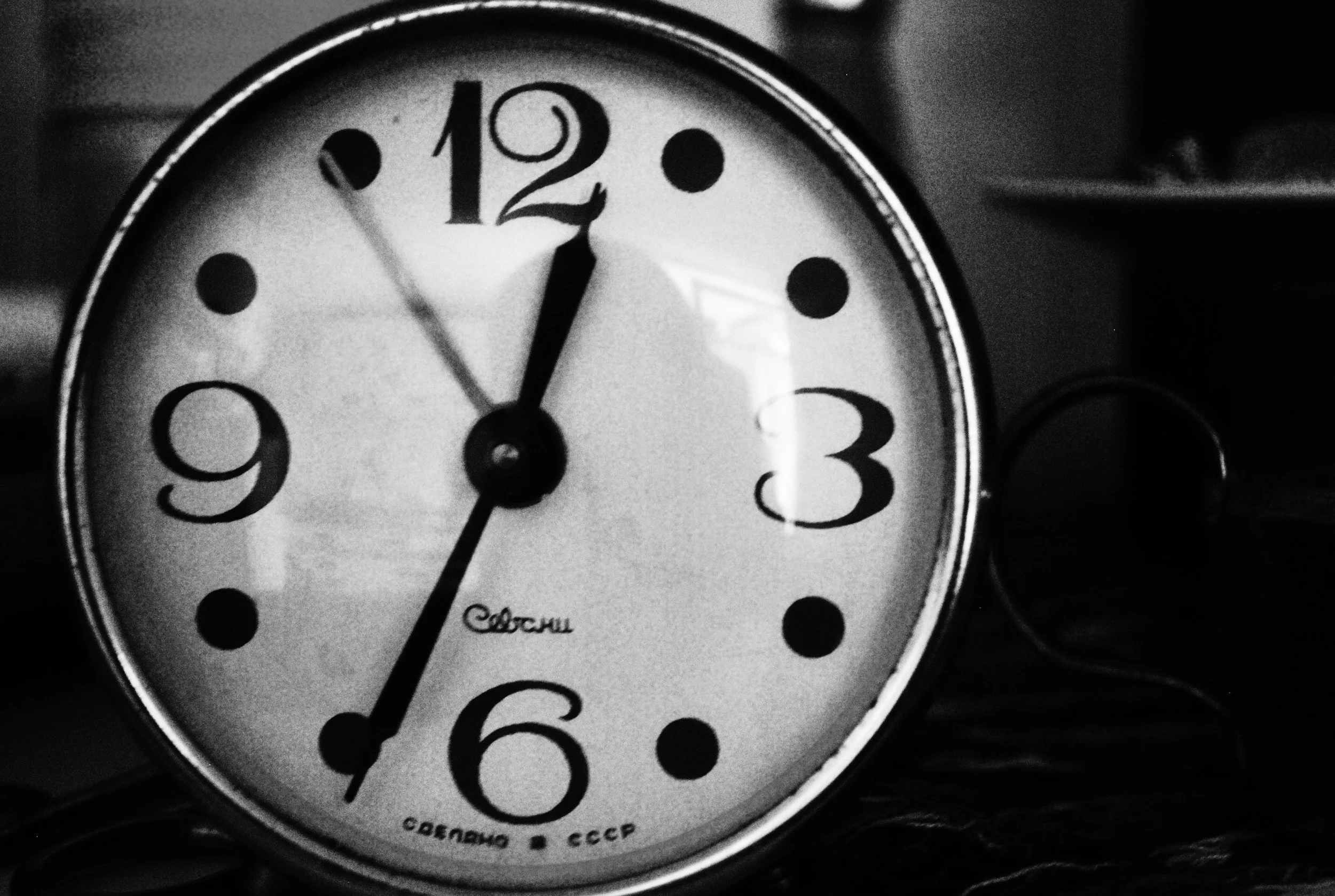The last episode of “Breaking Bad” that I watched before I quit for good was entitled “No Half Measures.” The character Mike warned Walter White about the sometimes fatal results of only going half way. “No half measures” is good advice for artists too, especially those of us who are skilled at the art of self-sabotage. We say we’re working on a creative project but are we really making the tough decisions that enable us to go “full out” in the career we want to have?
Going “full out” doesn't necessarily entail all-nighters and chronic exhaustion. What would you do differently if you supported your ambition all the way and not only halfway?
For example, I realized that if I’m going to get my next book finished I’m going to have to block out at least three hours every day to write and if I can’t squeeze that time in during the day, I’m going to have to get up at five am to write before I go to work.
To do this and be happy and well-rested, I need to say “no” to other commitments and time-wasters like “research” that can suck hours at a clip.
So, my new rules are: three-hour writing blocks, no “research” unless it’s quick and focused, and no social plans during the week that deplete my energy for writing.
I also had to give up binge-watching “Breaking Bad.” The show became so scary and violent and not conducive to the headspace I need to be in to write IF I’m going to go all out.
Most importantly, I’m saying “no” and disappointing some people. But I’d rather live with their disappointment than my own.
What would you do differently if you took your own ambition seriously? What if Mike from “Breaking Bad” scowled at you with his x-cop tough face and said: “No Half Measures. I mean it.”
What do you need in your life to support your ambition so your current project doesn’t die? What will you drop? What will you do to make the time to do the creative work that only you can do? What would today look like if you went all out? This week? This month? This year?
“No Half Measures” might mean you take a complete rest day today so that you’re freshened for tomorrow’s work.











